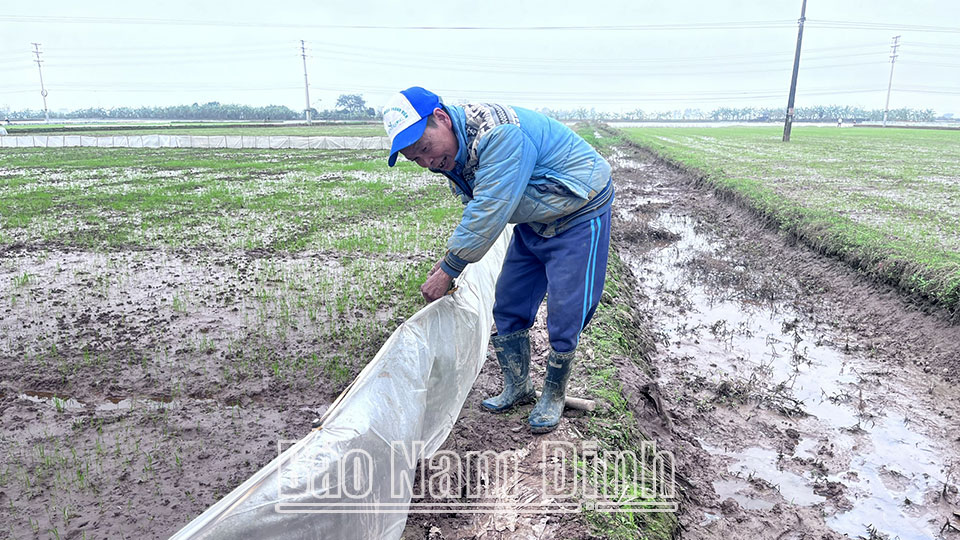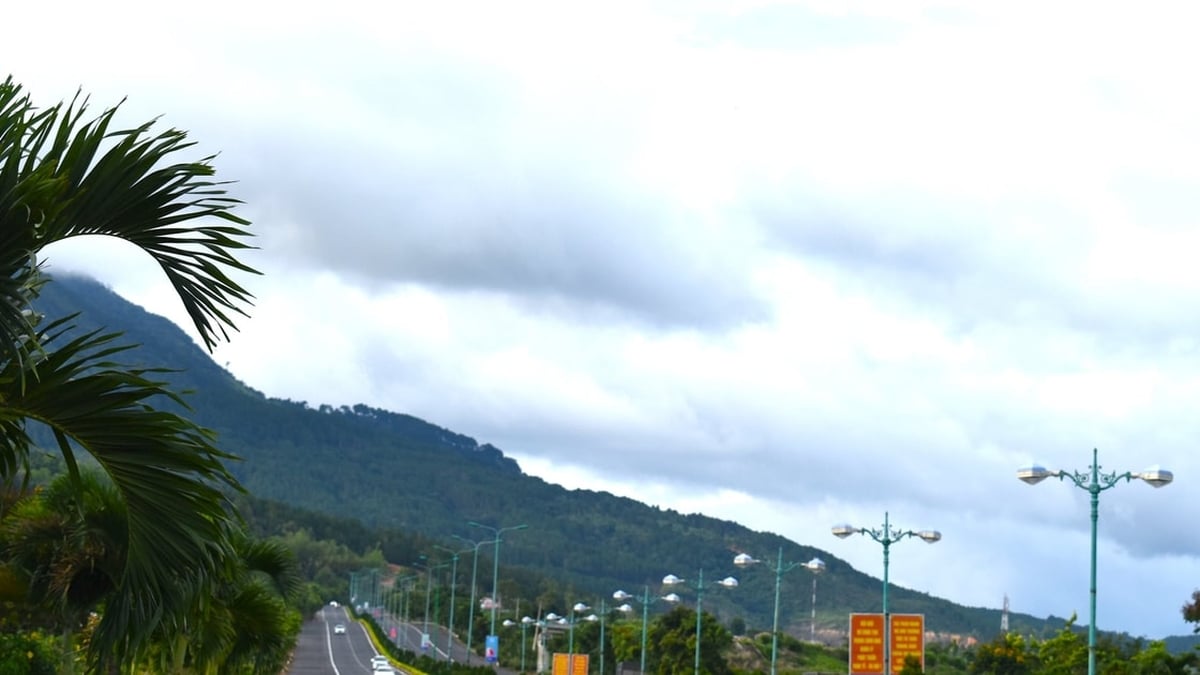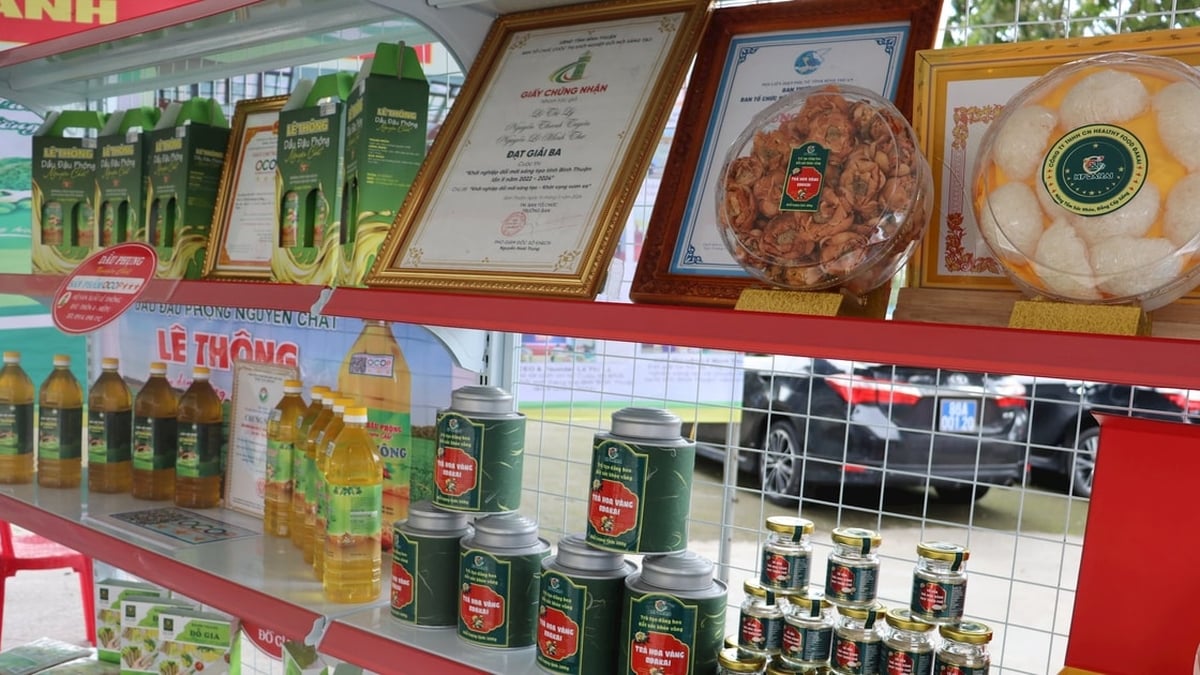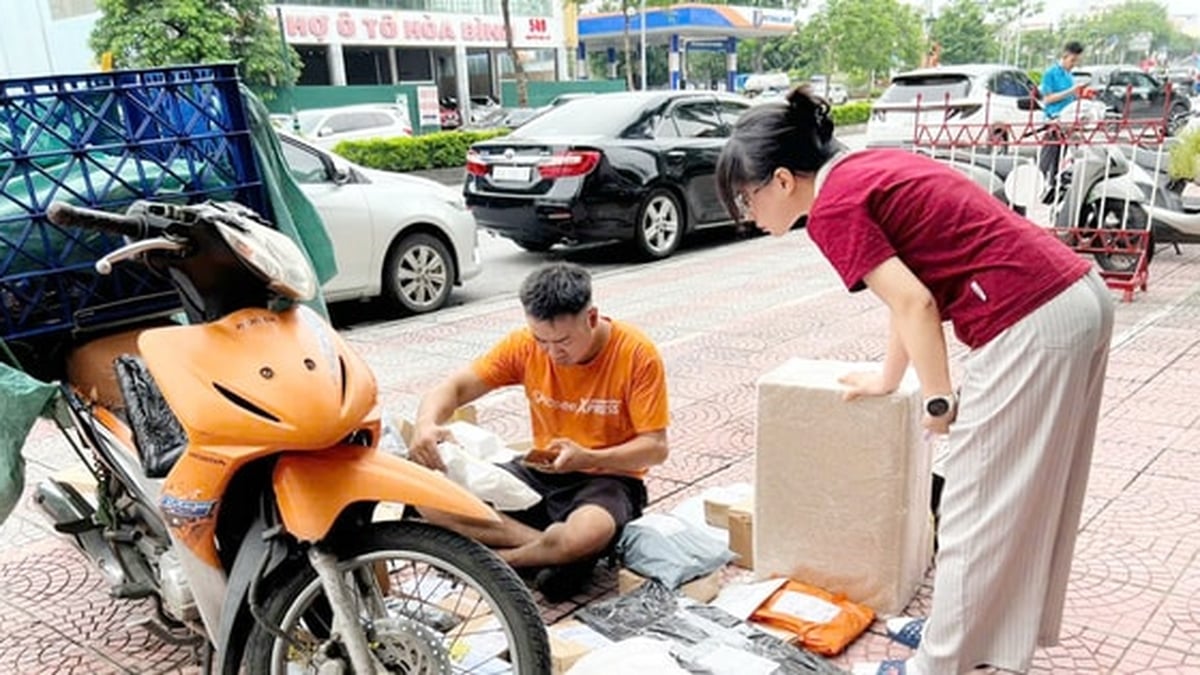Currently, spring rice and many other crop areas are being severely damaged by rats, affecting the growth, development, productivity and yield of crops.
This spring crop, the whole province planted 71,500 hectares of rice with high-quality varieties. The spring rice fields are in the tillering and green growth stage, but this is also the time when rats are severely damaging the spring rice because the young rice plants are sweet and the fields are being drained. Mr. Nguyen Van Quang, in Dong Son commune (Nam Truc) said: “At this time, field rats are competing to destroy the spring rice, although we have used nylon to surround the fields and applied many manual measures to catch, kill and kill rats, but it is still ineffective. Every few days, we have to go to the fields to check and collect the yellowed rice leaves damaged by rats…”. The above situation is quite common in some rice and vegetable fields in localities; especially in areas near villages, along dikes, along roads, industrial parks and clusters. According to the assessment of the Agriculture sector, the current sharp increase in rats is mainly due to the increasingly complex effects of climate change, while diversified farming and continuous crop rotation also create favorable conditions for rats to thrive. In particular, the decline of natural enemies such as snakes, cats, owls, etc. also contributes to this situation. The work of preventing, controlling and exterminating rats has not been organized on a large and comprehensive scale, leading to the effectiveness not being as expected.
 |
| Farmers in Dong Son commune (Nam Truc) use measures to protect rice and limit damage caused by rats. |
Faced with the above situation, implementing Directive No. 1900/CT-BN-BVTV dated March 15, 2024 of the Ministry of Agriculture and Rural Development (MARD) on organizing the implementation of rat prevention and control to protect production, the Provincial People's Committee has directed the Department of Agriculture and Rural Development to take the lead in developing an annual rat extermination plan with specific measures, suitable to the cultivation situation, terrain characteristics, and socio-economic situation of the province. In which, coordinate with departments, branches, organizations, and localities to launch a rat extermination movement; organize community rat extermination teams and groups in concentrated periods during the time when rats have not yet reproduced, before and after production seasons, or during times when rats are still clustered. Depending on the specific situation, carry out 3-5 rat extermination campaigns per year, implementing synchronous rat extermination measures, in which focusing on rat extermination by safe measures such as trapping crops, luring rats into habitats to capture them, by manual measures such as digging, trapping rats and using rat bait. Organize synchronous rat extermination in fields, along residential areas, along ditches and abandoned land areas. Limit the use of nylon to enclose small fields to protect the environment.
Comrade Tran Ngoc Chinh, Head of the Department of Cultivation and Plant Protection (Department of Agriculture and Rural Development) said: Rats are pests that can reproduce quickly and pose a serious risk of causing damage to agricultural production. Therefore, to minimize the damage caused by rats, localities need to regularly carry out rat extermination but must identify peak periods, especially at the beginning of the season, to simultaneously exterminate rats to achieve high efficiency. There are many forms of rat extermination using chemical, biological and manual measures, of which biological and manual measures are the main ones. To protect crops, farmers should use measures such as using biological bait traps, catching by hand... to exterminate field rats. Absolutely do not use banned drugs, electricity and measures that can easily endanger people and pets to exterminate rats because they are very dangerous to human and animal life.
Despite the warnings from the functional sector and local authorities, due to impatience with the large number of rats, in some localities in the province, people still use dangerous methods to kill rats such as using electricity. In some rice fields in the communes of Minh Thuan (Vu Ban), My Thang (My Loc), Xuan Ninh (Xuan Truong), Hai Hung, Hai Bac (Hai Hau) ..., people still secretly use electricity to kill rats. The owners of the fields use electric wires with exposed plastic covers, stretched across the water surface, around the fields and in places where rats often run through. Warnings of danger to humans are done quite roughly by planting bamboo stakes and connecting red light bulbs at night. Some fields do not even have any warning measures. The use of electricity to kill rats often takes place at dusk or at night ... so it poses great danger and risk to humans and animals. Talking to us, some people shared that the situation of some people in the area using grid electricity or electricity from generators to kill field mice has been going on for a long time. Previously, it was done openly and widely; after being discovered and reminded by the authorities, they secretly used it. Families near the fields often "wire electricity" directly from the grid to set traps to kill mice. Although killing mice with electricity is effective in killing many mice quickly, it is very dangerous for the person who directly sets the trap and the surrounding field owners as well as the natural enemies of mice, such as dogs and cats, which often hunt mice at night. In the province as well as in many other places, there have been many cases where the trappers themselves or their relatives, neighbors... accidentally did not know and were fatally injured due to getting caught in the wire of a mouse trap. The price to pay for recklessly trapping mice with a banned method is irreparable because the consequence is human life. Therefore, the method of using electricity to kill mice must be stopped immediately.
According to Decree 134/2013/ND-CP, Decree 17/2022/ND-CP of the Government stipulating the level of "administrative sanctions for violations in the field of electricity, hydropower safety, energy saving and efficiency"; Penal Code 2015, amended in 2017 and other guiding documents, the act of using electricity to trap rats in public places is illegal. When discovered, it can be administratively sanctioned with a fine of up to 60-70 million VND, confiscation of electrical wires and related equipment. If a fatal accident occurs, it can be prosecuted for involuntary manslaughter or even murder if the rat trap is placed in a field with a lot of people passing by, the person placing the electric wire knows it is dangerous but still deliberately places it; the highest penalty in this case can be the death penalty. People who discover that electric rat traps are dangerous should report them to authorities for timely handling and prevention.
Regularly inspecting fields to grasp the development and distribution and improve the ability to predict the occurrence of harmful rats; applying rat extermination measures recommended by professional agencies will contribute to protecting crops, ensuring productivity and quality of crops as well as safety for the community./.
Article and photos: Van Dai
Source


































































































Comment (0)